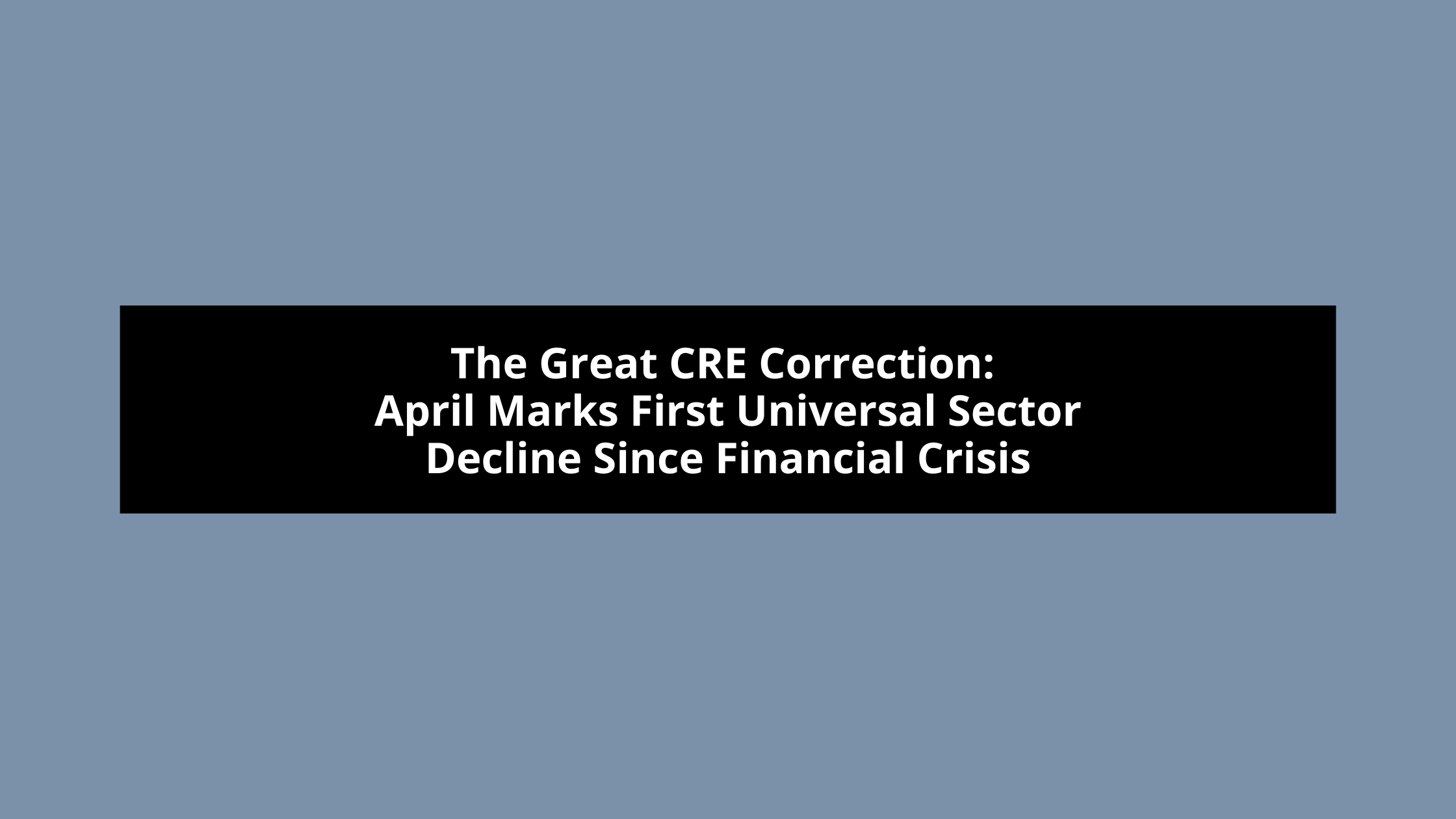In the commercial real estate sector, a troubling trend is emerging as insurance premiums continue their upward trajectory. Landlords unable to maintain adequate coverage are increasingly finding themselves subject to force-placed insurance policies imposed by lenders. These significantly more expensive policies are adding to the financial strain already felt across the industry, potentially pushing more properties toward default.
The Growing Insurance Crisis
Insurance costs have been rising dramatically, particularly in disaster-prone regions across the United States. When property owners struggle to maintain coverage that meets loan requirements, lenders are stepping in to protect their investments by implementing force-placed insurance. While these policies do provide essential protection against risks like fire and wind damage, they come with severe financial implications and often provide more limited coverage than standard policies.
The implementation of force-placed insurance can dramatically increase a property’s monthly debt service obligations. This additional financial burden compounds existing challenges landlords face from higher interest rates and increased operating costs. In the most severe cases, the added expense has forced borrowers into default or into difficult negotiations with special servicers.
A Symptom of Broader Market Distress
This trend is unfolding against a backdrop of increasing distress in the commercial real estate market. By late 2024, over 10% of properties backed by Commercial Mortgage-Backed Securities (CMBS) were classified as distressed. Even more concerning, delinquency rates for commercial real estate loans held by banks have nearly tripled since 2022, indicating widespread financial pressure on property owners.
Real Consequences for Property Owners
The impact of force-placed insurance is already being felt across multiple markets. In Miami Beach, the Z Ocean Hotel experienced a fourfold increase in debt payments after its servicer imposed such a policy, ultimately leading to default. Similarly, an office property in New Jersey entered special servicing after falling behind on more than $180,000 in insurance-related expenses.
According to data from Morningstar Credit, similar cases have appeared in CMBS watchlists throughout high-risk states including Florida, Texas, New York, and Arizona.
Small Landlords Bear the Brunt
Smaller property owners find themselves particularly vulnerable to this trend. Unlike large portfolio owners who possess significant negotiating power, small landlords often must accept whatever premiums are offered or face limited insurance availability. The scale of the problem becomes clear when considering that apartment insurance costs alone rose 132% in 2023 compared to pre-pandemic averages. Many smaller landlords are simply being priced out of the traditional insurance market altogether.
Lenders’ Perspective
Lenders generally prefer to avoid imposing these costly policies but must ultimately protect their collateral. Many financial institutions actively monitor insurance expiration dates and attempt to work with borrowers before resorting to force-placed coverage. However, even with proactive communication, the challenging insurance market often leaves few alternatives.
The standard process gives borrowers 45 days’ notice before force-placed insurance is applied, followed by a 15-day grace period to secure compliant coverage. Unfortunately, this window frequently proves insufficient in markets with limited carrier options or elevated disaster risk.
Looking Ahead
- Force-placed insurance has evolved from a relatively uncommon occurrence to a significant stress point in an already fragile commercial real estate market. As more property owners struggle with surging costs, lenders continue to intervene to safeguard their investments, often at the expense of borrower solvency.
- This troubling trend highlights an emerging reality in the commercial real estate landscape: for many property owners, insurance costs have become the next major threat to financial stability. The situation underscores the complex challenges facing the industry as it navigates multiple headwinds in an increasingly uncertain economic environment.
About MylesTitle:
MylesTitle provides comprehensive commercial title services across Maryland, Pennsylvania, Florida, Virginia, Delaware and Washington DC. Having conducted well over 27,000+ real estate closings and over $16BB+ in settled transactions — of all shapes and sizes personally since 1979, MylesTitle and attorney Myles Lichtenberg, Esq. is your single best point of contact to oversee these mission critical services.


